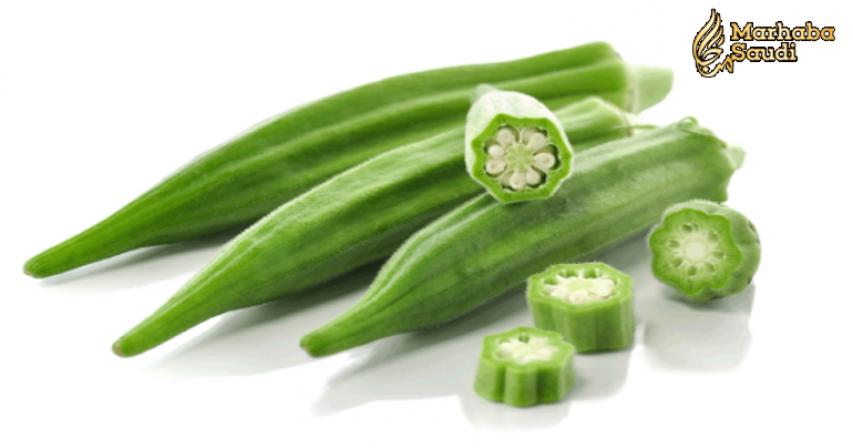Okra Water Controls Diabetes, Asthma, Cholesterol; How To Make Okra Water?

Okra is a nutritional powerhouse used throughout history for both medicinal and culinary purposes. Okra, also known as “lady’s fingers” and “gumbo,” is a green flowering plant. Okra belongs to the same plant family as hibiscus and cotton. It is indigenous to regions around the Nile in North Africa and the Middle East for it was discovered dating as far as 3500 years ago in Ethiopia.
Okra Nutrition Value
Okra contains vitamins A and C and is a good source of iron and calcium. It also contains starch, fat, ash, thiamine and riboflavin. It also contains vitamins, minerals and the antioxidants epicatechin, catechin, rutin, procyanidin B1 and B2 and quercetin. These antioxidants are capable of preventing damage to cells caused by environmental factors and stress.
How To Make Okra Water?
Drinking “okra water” is a popular new method of using okra. Cut 2-3 pieces of fresh okra after removing the head and tail part. Put it in a glass of water and let it stand overnight. Drink it about 30 minutes before breakfast.
This recipe is known to control blood sugar levels, cure asthma, cholesterol and good for kidney to keep it healthy.
Some people prefer to cut the okra into thin slices instead of soaking the pods whole. If you are going to prepare okra water this way, be prepared for a drink that is slightly bitter.
More Health Benefits of Eating Okra
- -Okra is good for asthma. Okra’s vitamin C is an antioxidant and anti-inflammatory, which curtail the development of asthma symptoms.
- -The fiber of okra has many superior qualities in maintaining the health of the gastro-intestinal tract.
- -Okra is good for preventing diabetes.
- -It helps reabsorb water and traps excess cholesterol, metabolic toxins and surplus bile in its mucilage and slips it out through the stool. Due to greater percentage of water in the bulk it thereby prevents constipation, gas and bloating in the abdomen.
- -Okra’s mucilage binds cholesterol and bile acid carrying toxins dumped into it by the filtering liver.






Comments